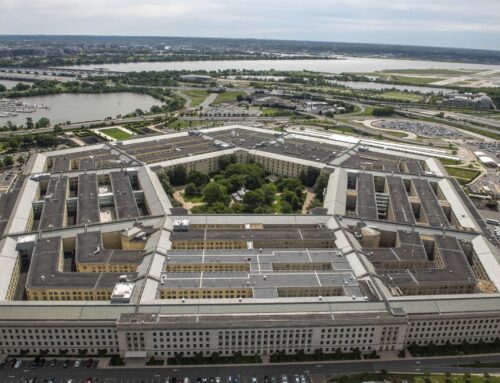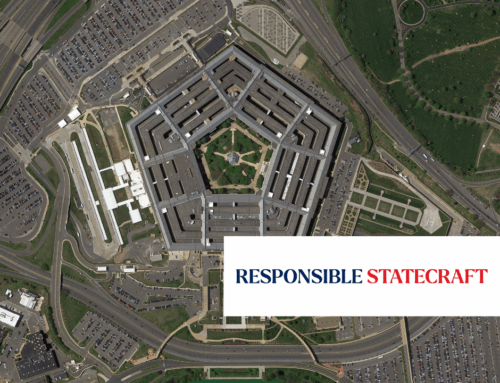When the Secretary of Defense first briefed the fiscal year (FY)2015 budget request for the Pentagon, he said, “DoD will ask Congress for another round of Base Realignment and Closure (BRAC) in 2017.” And, since that moment, the response from Congress has been overwhelmingly negative.
There is very little for a Member of Congress to like about an outside group, over whom they have no control, making recommendations to close, downsize or enlarge military bases in that Member’s district. Add to that lack of initial control the fact that, once the list is formulated by the Commission, Members are forced to vote on the list as a whole. No horse trading. No “You scratch my back, I’ll scratch yours.” No control over anything except their own vote. Of course, this is the only way to make the base closure process a level playing field for all Congressional Districts – no matter the relative power of the Member and Senators representing those communities.
Now, add to that equation these fiscally austere times. The amount of money available for the Pentagon is currently flat and likely to come down in the next few years. And add to that the aging infrastructure of military bases. Military construction (MILCON), like every other part of the Pentagon budget, is being squeezed. MILCON is the part of the budget devoted to keeping U.S. military bases, here and abroad, in decent condition. The different branches of the military take very different approaches to the issue of physical infrastructure. Some (we’re looking at you, Air Force) keep their golf courses green (even the ones in Arizona!) at all costs. Others (ahem, Marine Corps) seem content to keep their service members living and working in Quonset Huts.
Now, let’s turn to the recent action on the FY15 Pentagon budget request by the House Armed Services Committee (HASC.) First, from the press release, Chairman McKeon’s vehement language on the issue of base closure:
“For several years, the Administration has asserted the need for one or more rounds of base closure to shed excess capacity and conserve resources. Once again, the Committee rejects the proposed BRAC round. The Committee maintains its long held concern that BRAC rounds do not yield true savings but rather impose large up front costs only then to shift property between federal agencies. The Chairman also believes that a BRAC round is inappropriate at a time when the final size of the military and the structure needed to support it is still in flux.” (Emphasis in the original)
At Taxpayers for Common Sense, we took a hard look at the Military Construction section of the House bill. The MILCON title details how and where $6.5 billion in MILCON and Family Housing money will be spent. And of that $6.5 billion, we found that at least $1 billion will be spent on improvements at overseas bases. It’s probably more than that but, for classification purposes, some projects are listed as “unspecified worldwide locations” meaning they can be in the U.S. or abroad.
Here are just a few of the projects the HASC has authorized to be built overseas:
We believe that many taxpayers will share our sense of outrage that such a large portion of scarce MILCON dollars are being spent on bases overseas. And while we believe that military members and their families stationed overseas should work and live in decent conditions, we do question spending almost $100 million in the next fiscal year to improve a military high school in Japan when so many schools in the U.S. suffer from deteriorating infrastructure.
And that feeling of discouragement over the inability of Congress to agree to the Pentagon’s request for the next round of BRAC, coupled with that sense of outrage over the $1 billion being spent on overseas bases, led us to this idea: How about a round of BRAC that looks only at overseas bases? After all, those bases don’t have any Member of Congress representing them in Washington. And, we could spend the MILCON money saved on the projects still on the drawing board for U.S. bases. Or, and here’s a radical idea, we could save that money.
Sounds like a win/win to us.










